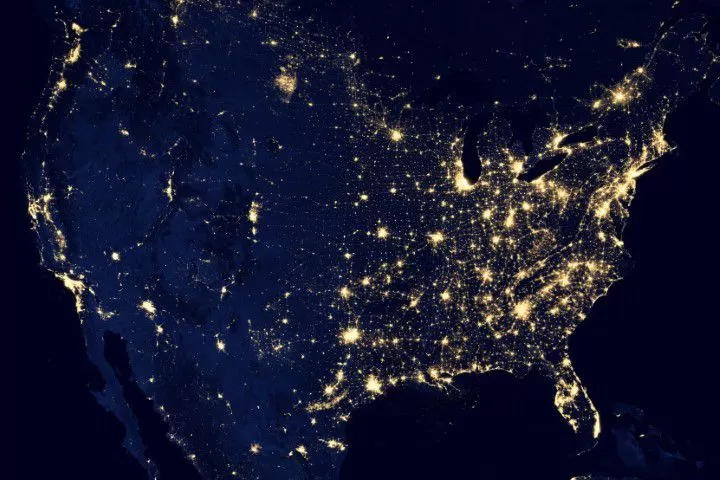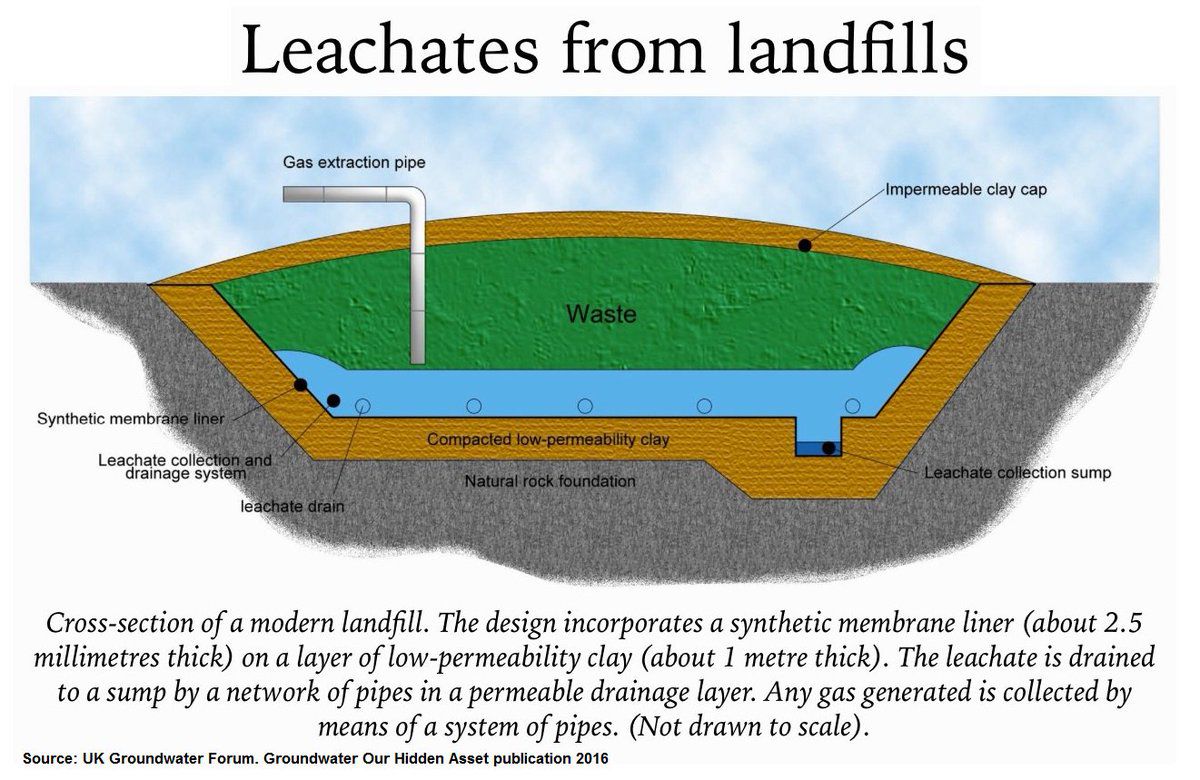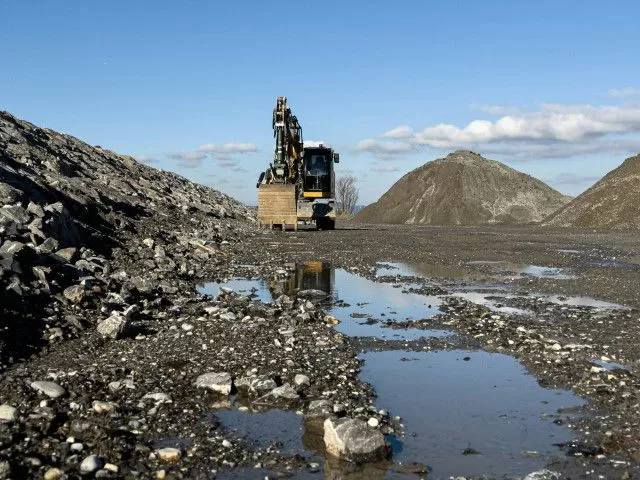
When we think about climate change, images of smokestacks, deforestation, and exhaust-spewing cars often come to mind. But there’s another significant contributor to global warming that doesn’t get as much attention: garbage dumps. While they may seem like passive resting places for our trash, garbage dumps and landfills are, in fact, active players in the climate crisis. Understanding the role they play is crucial for Americans who want to make informed decisions about waste management and its impact on the environment.
The Methane Problem
The most significant way that landfills contribute to climate change is through the production of methane gas. Methane is a potent greenhouse gas, over 25 times more effective at trapping heat in the atmosphere than carbon dioxide over a 100-year period. It is produced during the anaerobic decomposition of organic waste—think food scraps, paper, and yard trimmings—that gets buried in landfills.

As these organic materials break down in the oxygen-deprived environment of a landfill, they generate methane as a byproduct. While modern landfills are often equipped with systems to capture and either flare (burn off) or use this methane to generate energy, a significant amount still escapes into the atmosphere. In fact, landfills are the third-largest source of methane emissions in the United States, contributing to the country’s overall greenhouse gas emissions and accelerating global warming.
The Scale of Emissions
The U.S. Environmental Protection Agency (EPA) estimates that landfills account for approximately 15% of the nation’s methane emissions. This might not sound like much, but given methane’s potency as a greenhouse gas, this is a substantial contribution to climate change. The problem is exacerbated by the sheer volume of waste Americans generate—nearly 292 million tons annually. With more than half of this waste ending up in landfills, the potential for methane emissions is enormous.
Leachate and Other Environmental Concerns
In addition to methane, landfills pose other environmental risks that indirectly contribute to climate change. One of these is leachate, a toxic liquid that forms when water filters through landfill waste, picking up a variety of harmful chemicals along the way. If not properly managed, leachate can contaminate groundwater and soil, disrupting ecosystems and potentially leading to the release of additional greenhouse gases.

Moreover, the transportation of waste to landfills—often over long distances—results in significant carbon emissions from trucks and other vehicles. This adds another layer of climate impact to our waste disposal practices.
What Can Be Done?
Addressing the climate impact of landfills requires a multifaceted approach. First and foremost, reducing the amount of organic waste that ends up in landfills is critical. This can be achieved through increased recycling, composting, and waste reduction efforts. Composting, in particular, is a powerful tool that can divert organic waste from landfills, reducing methane production while creating valuable compost for agriculture and gardening.
Additionally, improving landfill gas capture technology and expanding the use of waste-to-energy systems can help mitigate methane emissions. However, these are only partial solutions. The ultimate goal should be to reduce waste at its source, encouraging more sustainable consumption patterns and better waste management practices.
Conclusion
Landfills play a significant role in climate change, primarily through the emission of methane, a potent greenhouse gas. While efforts to capture and utilize landfill gas are important, the most effective way to mitigate these emissions is to reduce the amount of waste we generate in the first place. By embracing recycling, composting, and mindful consumption, Americans can help minimize the climate impact of landfills and contribute to a more sustainable future.
Sources

Peter Lars has long been an advocate for reusing and recycling whenever you can. He has a passion for writing about every related to landfills and garbage dumps, and unlikely as that may seem.
Landfill Art: How Artists are Turning Trash into Creative Masterpieces
In a world where waste is often viewed as nothing…
Plastic Perils: How Single-Use Plastics are Filling Up America’s Landfills
Single-use plastics, those convenient yet disposable items like straws, bags,…
The History of Landfills in America: How Waste Management Evolved Over the Decades
The history of landfills in America is a fascinating journey…
The Circular Economy: Can It Solve America’s Landfill Problem?
As America grapples with its mounting landfill crisis, the concept…
Landfill Legacy: The Environmental Justice Issues Surrounding Waste Disposal in America
In the United States, the legacy of landfills is more…
The Role of Landfills in Climate Change: What Americans Need to Know
When we think about climate change, images of smokestacks, deforestation,…





